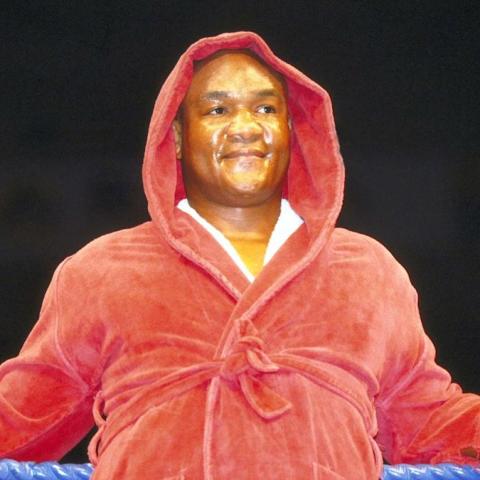SAN BERNARDINO, Calif. — The trek to Lost Lake was challenging. The path was steep, rocky, and bumpy. A group of scientists and students made their way carefully, some using canes or getting support from friends. For those who couldn’t hike, a drone provided stunning views of the narrow, blue lake.
This field trip aimed to highlight the challenges researchers with disabilities face. It focused on how to break down barriers in science. “Just because you can’t do it like someone else doesn’t mean you can’t do it,” said Anita Marshall, a geologist from the University of Florida, who led the outing. The group included scientists with different disabilities, including those affecting sight, hearing, and mobility.
Marshall’s organization, the International Association for Geoscience Diversity, is dedicated to improving accessibility in fieldwork and laboratories, ensuring that everyone feels welcome in science.
Taormina Lepore, a paleontologist from Western Michigan University, noted that science often values a single way of doing things. At Lost Lake, everyone had a chance to see the beauty around them, regardless of their physical abilities. “It’s really about empathy, as much as it is about science,” she shared.
Accessibility in labs remains an issue. According to 2021 data from the National Science Foundation, only about 3% of the STEM workforce is made up of people with disabilities. Many scientists with disabilities report that labs and classrooms are not designed with their needs in mind. Mark Leddy, a former manager of disability-related grants at the NSF, emphasized that many students and faculty are still told they can’t safely work in labs.
The Americans with Disabilities Act (ADA) established standards for new buildings, including ramps and accessible pathways. However, updating older labs can be complex and slow. Alyssa Paparella, a doctoral student at Baylor College of Medicine, shared her experience about a lack of automatic door buttons at a previous school, questioning what that said about who is welcome in the sciences.
Leddy pointed out the value of researchers with disabilities. Their life experiences give them unique problem-solving skills. “If they don’t get access, then how can they contribute that talent?” he asked.
Venu Varanasi, an engineer at the University of Texas at Arlington with low vision, uses high-contrast signs and keeps spaces tidy to improve navigation in his lab. He believes that accommodating disabled individuals benefits everyone by reducing accidents and creating a safer environment.
At Purdue University, engineering professor Brad Duerstock designed an accessible biomedical lab with the help of a NIH grant, making it easier for wheelchair users to access equipment. The costs for modifications vary widely, but some schools allocate funds for improvements, and there are grants available from scientific organizations.
During the California geology field trip, participants included various rock enthusiasts, from students to professors, excited to explore the outdoors together. Professor Jennifer Piatek, who uses a wheelchair, enjoyed the lake’s beauty through drone footage and by examining samples brought back by others. She appreciated being part of a group that thought ahead about her needs, such as parking the bus in an accessible spot.
Lepore, who is neurodivergent and has low vision, used an AI app to learn about rock samples by having their features described aloud. She pointed out that nature often lacks built-in accessibility. “Nature just doesn’t have ramps,” she noted, but emphasized that geoscientists can find creative solutions to make outdoor spaces more inclusive.
Bushra Hussaini, who works at the American Museum of Natural History in New York, uses insights from such field trips to guide and support her interns and volunteers with disabilities. She values the community of geologists and the mutual support they share. “We learn from each other and we help each other,” she said.
Before setting out for the trip, Marshall encouraged everyone to ask for help whenever they needed it. Her organization has been leading these field trips annually since the Geological Society of America’s meetings. Reflecting on her own experiences, she expressed her desire to change things for future scientists. “The point of these trips is to show that there’s a different way forward,” she said.
Source link
All Markets – Rank Everywhere, Lexington, Northern Kentucky, Science, News, Kentucky, Dallas, C Block – National, Bowling Green, Texas, Top Stories, Technology, Louisville, San Antonio, APP Top Stories, APP For Your Consideration, Austin, Wisconsin, Ohio, Associated Press




















